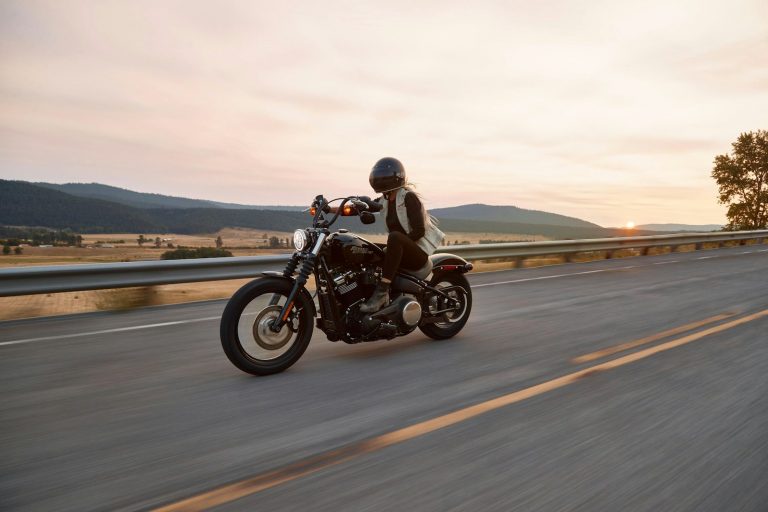Embarking on a road trip with a motorcycle is an exhilarating adventure, offering a unique sense of freedom and connection with the open road. However, ensuring safety throughout your journey is paramount to enjoying the experience to the fullest.
Preparing Your Motorcycle
Before setting out on any journey, it’s crucial to ensure your motorcycle is in optimal condition.
Story Stages
Maintenance and Inspection
Regular maintenance checks are essential for your safety and the longevity of your bike. Start by inspecting tires for tread depth and any signs of wear. Properly inflated tires ensure better handling and reduce the risk of blowouts. Check brakes for responsiveness and fluid levels to ensure they are within recommended levels for safe operation. Additionally, inspect all lights and signals to ensure they are functioning correctly. Proper visibility on the road is critical, especially during low-light conditions or adverse weather.
Packing Essentials
Choosing the right luggage and packing strategy is crucial for maintaining balance and maneuverability. Invest in saddlebags or a tail bag that securely attaches to your motorcycle. Distribute weight evenly to prevent affecting handling.
Pack essential tools such as a tire repair kit, multi-tool, and spare parts like fuses and bulbs. These items can be lifesavers in case of minor mechanical issues on the road, allowing you to make quick repairs and continue your journey safely.
Planning Your Route
A well-planned route sets the foundation for a smooth and enjoyable trip including creating your itinerary and looking at road conditions.
Researching Road Conditions
Before hitting the road, check weather forecasts and road conditions along your planned route. Be aware of any road closures or construction that may affect your travel plans. Plan alternative routes in advance to avoid unexpected detours.
Identify rest stops and gas stations along your route, ensuring you have access to essential services when needed. Consider downloading offline maps or GPS navigation apps to stay informed even in areas with limited connectivity.
Creating a Flexible Itinerary
While it’s tempting to plan every detail of your trip, leave room for spontaneity and flexibility. Set realistic daily mileage goals to avoid fatigue and allow time for breaks and sightseeing. Adjust your itinerary as needed based on weather conditions or unforeseen delays.
Riding Techniques for Safety
Safe riding techniques are fundamental to enjoying a motorcycle road trip.
Defensive Riding Skills
Practice defensive riding by maintaining visibility and positioning on the road. Stay out of blind spots of larger vehicles and anticipate potential hazards such as debris or sudden lane changes. Use your mirrors frequently to stay aware of surrounding traffic.
Riding in Different Conditions
Be prepared to handle various weather conditions and road surfaces. In rainy conditions, reduce speed and increase your following distance to allow for increased stopping time. Adjust your riding style on gravel or uneven surfaces to maintain control and stability.
When riding at night, ensure all lights on your bike are functioning correctly and wear reflective gear to enhance visibility. Avoid fatigue by taking breaks every couple of hours, allowing yourself to rest and recharge before continuing your journey.
Staying Safe During the Trip
Personal safety should always be a priority when riding a motorcycle from protective gear to enough rest.
Personal Protective Gear
Wear a DOT-approved helmet, gloves, and durable clothing designed for motorcycle riding. Protective gear not only offers physical protection in the event of a fall but also shields you from wind, debris, and adverse weather conditions.
Choose gear appropriate for the weather, including waterproof layers for rain or cold temperatures. Invest in sturdy boots with non-slip soles to maintain grip on foot pegs and reduce fatigue during long rides.
Hydration and Rest
Staying hydrated is crucial for maintaining alertness and concentration while riding. Carry a refillable water bottle and drink regularly during breaks. Avoid excessive caffeine or sugary drinks, as they can lead to dehydration.
Recognize signs of fatigue such as drowsiness or decreased reaction time. Take regular breaks to stretch your legs, refuel, and rest. Plan your stops strategically to coincide with natural breaks in your journey, such as scenic viewpoints or historical landmarks.
Emergency Preparedness
Carry a list of emergency contacts, including roadside assistance and medical insurance providers. Familiarize yourself with basic first aid techniques and roadside repair skills. Practice changing a tire and troubleshooting common mechanical issues before your trip.
A motorcycle accident lawyer in Cincinnati recommended ensuring your motorcycle insurance coverage is up-to-date and valid for the duration of your journey in case of an accident or breakdown. It’s better to be overprepared than not at all for your peace of mind while on your trip.
